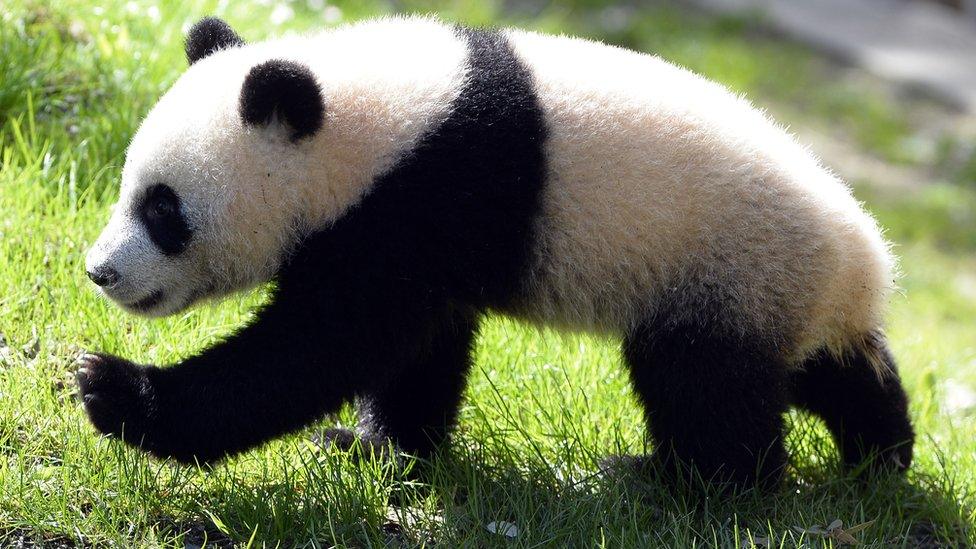Giant pandas no longer listed as endangered - but still vulnerable
- Published
- comments
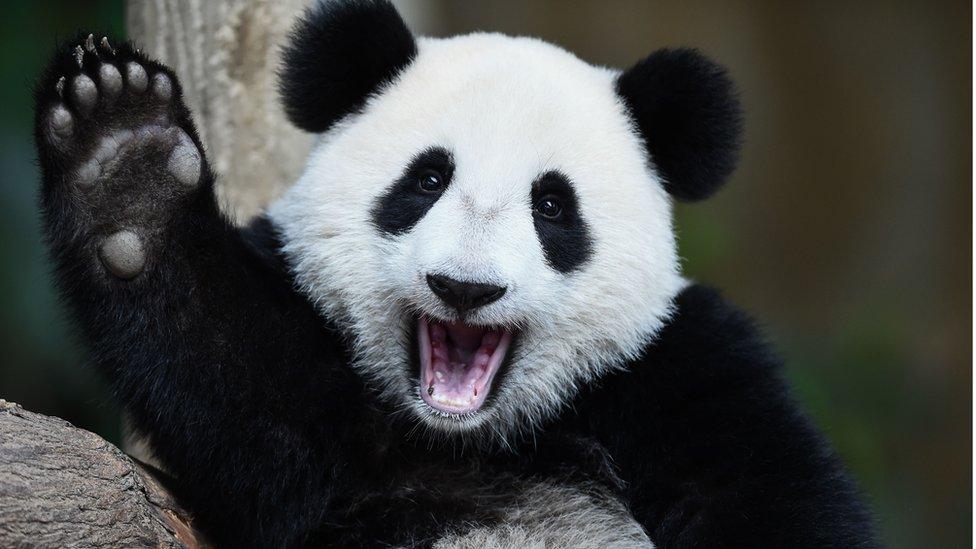
It's good news for giant pandas - they're no longer classified as endangered!
The news comes from China's environmental ministry who shared that their numbers in the wild have gone up to 1,800.
Experts say that China managed to save its iconic animal through years of conservation projects, and protecting and expanding their natural habitats.
The giant panda is now listed as vulnerable - meaning it is a species facing a 'high risk' of extinction in the wild.
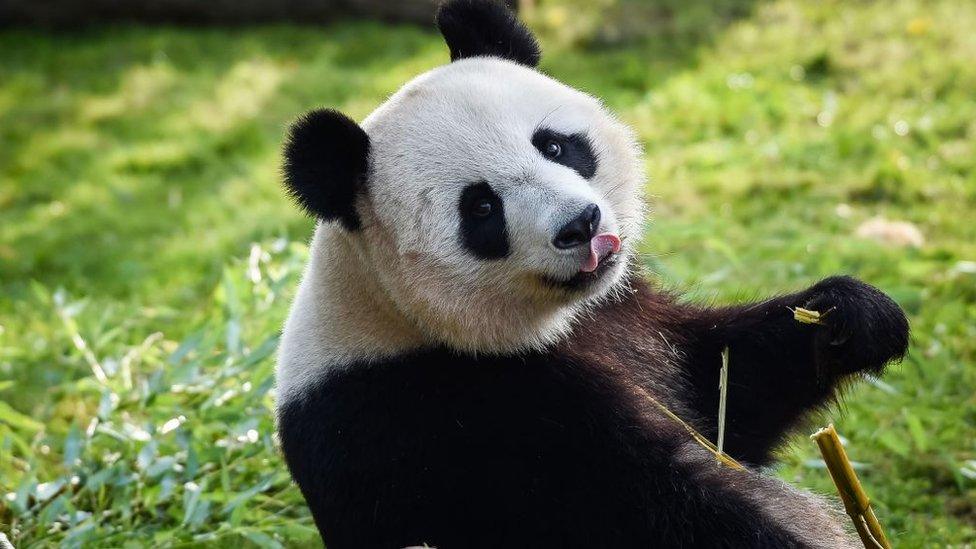
Experts have said that the reasons why the pandas have done so well in the wild is mostly because of conservation efforts to create and increase the number of bamboo forests.
This is because bamboo makes up around 99% of the giant panda's diet.
Panda numbers have also been increased through special zoo breeding programmes.
Many people were happy to hear the news in China, with one social media user saying: "This is the result of years of hard work. Well done to all the conservationists".
Pandas eat for around 12 hours a day, and poop up to 50 times a day!
If you cannot see the quiz, click here.
The International Union for Conservation of Nature (IUCN) changed the Giant Panda to 'vulnerable' on its endangered species list back in 2016.
However, Chinese officials at the time did not agree with the decision, saying that it could mislead people into thinking that conservation efforts could be relaxed.
China have their own endangered species list called the: List of Wild Animals Under State Priority Conservation, which lists animals as class 1 or class 2 depending on the amount of protection the government thinks that animal needs.
Critically Endangered: A species facing an extremely high risk of extinction in the wild.
Endangered: A species thought to be facing a very high risk of extinction in the wild.
Vulnerable: A species thought to be facing a high risk of extinction in the wild.
- Published10 July 2015
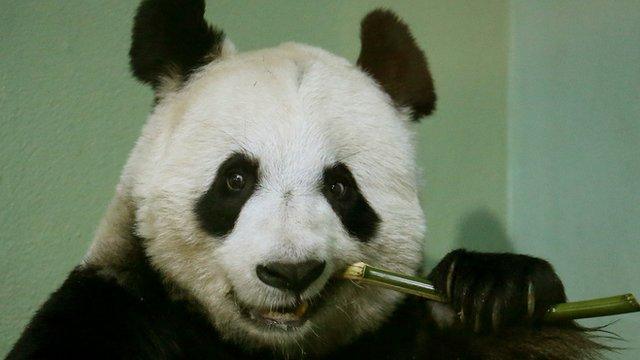
- Published4 August 2020
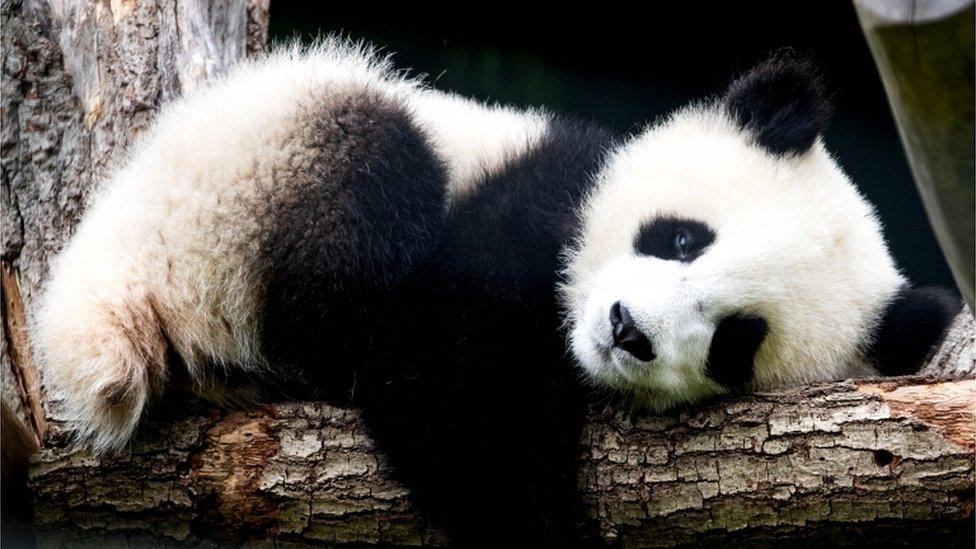
- Published5 September 2016
